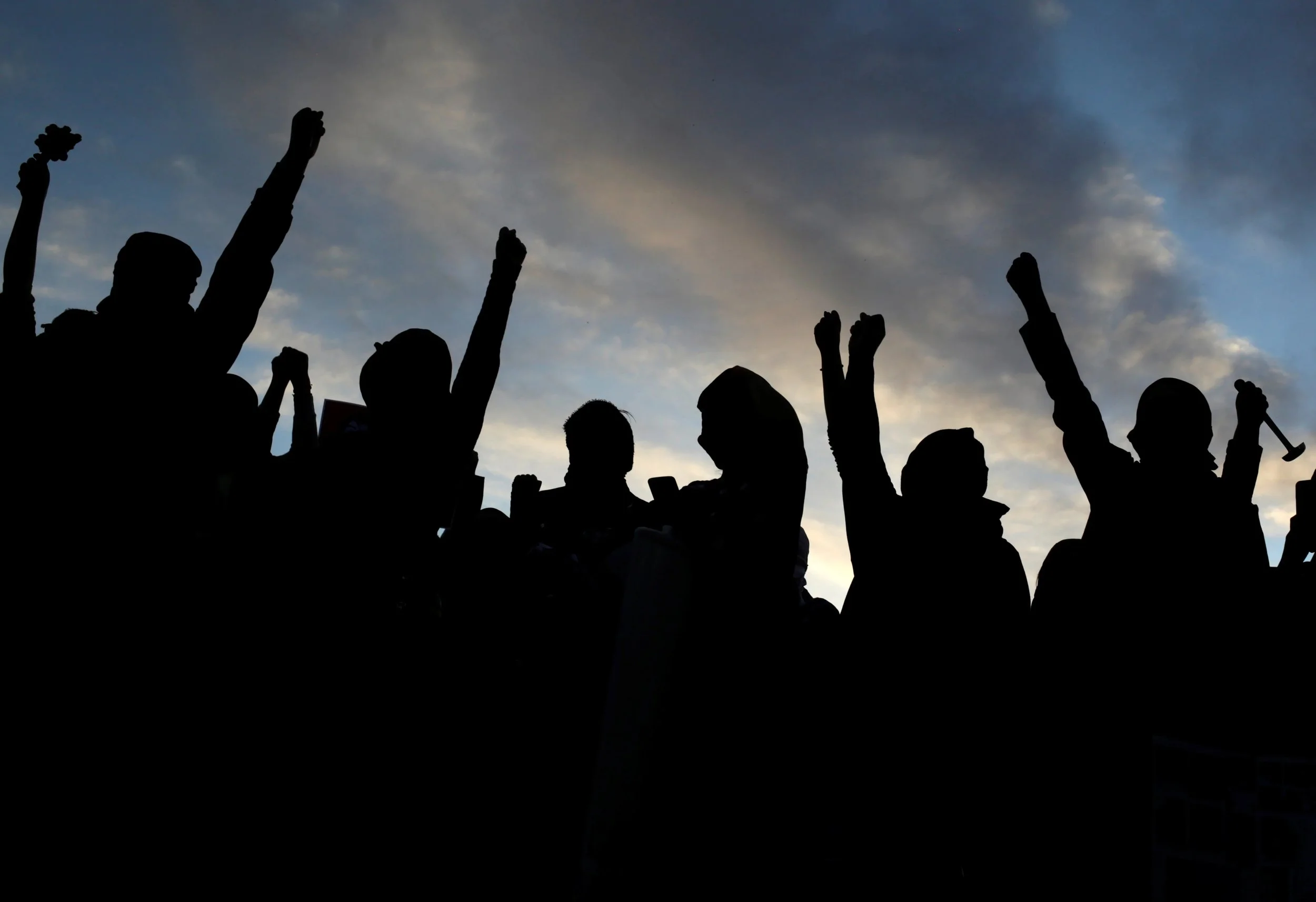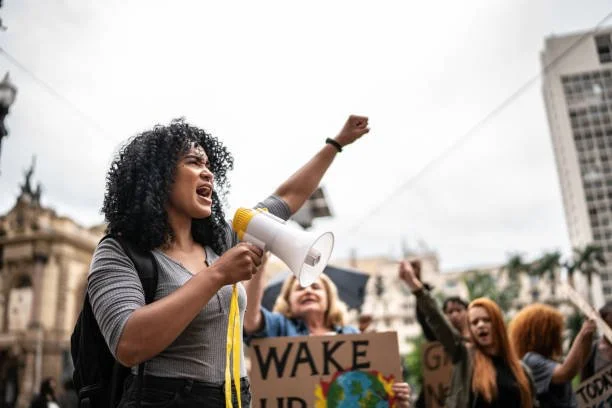March Like You Mean It: A Protester's Safety Guide
In a world where voices are increasingly amplified through collective action, protesting remains one of the most impactful ways to demand justice, challenge inequality, and influence policy. From grassroots marches to global movements, peaceful protest is a vital expression of democratic freedom. But taking to the streets, whether for climate justice, civil rights, or labor reform, comes with responsibilities and risks. To make your participation as safe, effective, and informed as possible, it’s important to prepare beforehand, know your rights, and understand how to navigate both the energy and unpredictability of a public demonstration. Whether you’re marching through city streets or gathering in quiet solidarity, the steps below will help you stay safe while making your message impossible to ignore.
1. Know Your Rights
Before stepping into a protest one of the most powerful tools you can carry is knowledge, especially about your legal rights. Understanding what you’re allowed to do (and what you’re not) can protect you from unnecessary conflict, help you make smarter choices on the ground, and even assist others in staying safe. In many countries, including the United States, peaceful protest is protected under constitutional or human rights law. In the U.S., the First Amendment gives you the right to free speech, assembly, and to petition the government. This means:
You can protest in public spaces like streets, sidewalks, and parks.
You can express unpopular opinions, as long as your actions remain peaceful.
You do not need a permit for small demonstrations on sidewalks or public places, as long as you’re not blocking traffic.
In saying this, large gatherings, marches that block roads, or protests that use sound equipment may require a permit. Research local laws or city ordinances before you go. You also have the right to film public events, including the police, as long as you don’t interfere with their work. Police cannot legally take your phone or delta footage without a warrant. But keep these tips in mind:
Stay a safe distance away when recording.
Narrate the time, place, and what’s happening in the footage.
Backup videos to the cloud when possible
If you are stopped or detained, remain calm and remember:
You have the right to remain silent. Say: “I am exercising my right to remain silent.”
You can as if you’re free to go. If the answer is yes, calmly walk away.
You do not have to consent to a search of your belongings or your person unless they have probable cause or a warrant.
If you are undocumented, a member of the queer community, a minor, or part of a vulnerable community, it is especially important to understand how your rights intersect with your identity. In some places, you may face additional legal risks, consider reaching out to local advocacy organizations for tailored safety resources. Protesting is your right, but knowing the limits and protections of that right can be the difference between making and impact and facing legal trouble. Stay informed, stay alert, and protest smart.
2. What to Bring (and Not Bring)
Packing for a protest isn’t just about being comfortable, it’s about being strategic. What you carry can help keep you safe, legal, and focused, while what you leave behind can reduce risks if things don’t go as planned. Here’s a breakdown of what to bring (and what not to) to help you stay protected and prepared:
What to Bring:
Fully charged phone: Bring a portable charger, turn off location sharing if you’re concerned about surveillance.
ID: Optional but consider carefully, decide based on your personal risk.
Emergency contact info: Write important phone numbers on your arm with permanent marker or on a card in your pocket in case your phone dies or is confiscated.
Face mask: This protects both your identity and health.
Water and snacks: Bring refillable water bottles, opt for non perishable snacks like granola bars or nuts.
First aid basics: Adhesive bandages, antiseptic wipes, painkillers, allergy meds.
What NOT to Bring:
Anything that could be considered a weapon: Pocket knives, multitools, scissors, metal water bottles.
Illegal substances or alcohol
Contact lenses: In case of tear gas, contacts can trap chemicals and severely irate your eyes. Opt for glasses if you can.
Excessive personal info or valuables: Leave behind cards you don’t need, documents with your address, or anything you would be devastated to lose or have taken.
By packing with intention, you equip yourself not only to stay safe but to support others, stay legally protected, and focus on what matters most: making your voice heard.
3. Dress for Safety
What you wear to a protest isn’t just about comfort or style, it’s about protection, mobility, and reducing your visibility to potential surveillance. The right clothing can help you stay safe in crowds, withstand unpredictable weather or police response, and avoid unwanted identification. When the stakes are high, your outfit can make all the difference. Here’s how to dress to protect yourself and stay ready:
Wear neutral, non identifiable clothing: Choose dark, solid colored clothes, avoid clothing with logos, slogans, unique patterns, or places of school or work.
Protect your identity: A hat or beanie helps obscure your face from cameras or facial recognition.
Choose practical footwear: Wear closed-toe shoes with good tread. Avoid sandals or dress shoes.
Avoid flammable materials: Synthetic fabrics like polyester and nylon can melt when exposed to flashbangs, tear gas canisters, or fire.
Keep essentials on your body: use a crossbody bag or small backpack to carry only what’s necessary. Make sure your bag has zippers and isn’t easy to grab or open quickly.
Try to avoid: Bright colors or flashy accessories, jewelry, lanyards, or anything that limits movement.
The goal is to be comfortable, anonymous, and mobile. Think of your outfit like lightweight armor: it should help you move quickly, keep you protected, and reduce your digital or physical trace.
4. Stay Calm and Aware
Protests are often intense environments - full of energy, passion, and sometimes unpredictability. Staying calm and aware can not only protect you physically but also help you think clearly, support others, and respond wisely if situations escalate. To help you navigate the moment with clarity, here’s what to keep in mind:
Keep your cool: Take slow, deep breaths to manage stress and avoid panic. If emotions run high, take a step to the side or a moment alone to regroup.
Be mindful of your surroundings: Stay alert to changes in the crowd’s mood. Identify safe spaces nearby where you can retreat if needed.
Watch out for others: Keep an eye on friends or people nearby, especially those who might be vulnerable or overwhelmed. Share information calmly if you notice danger.
Move intentionally: If the protest starts to become chaotic, avoid running blindly. Walk briskly but steadily toward a safe exit. Stay with your group if possible, there's strength and safety in numbers.
Staying calm and aware doesn’t mean ignoring your emotions, it means channeling them into clear-headed action. In moments of chairs, your clarity is a form of resistance. Stay present, stay smart, and help others do the same.
Protesting is a brave and necessary act of civic engagement, but it works best when it’s backed by preparation, awareness, and care. But speaking out shouldn’t come at the cost of your safety or well-being. Whether you’re matching in the streets or holding space in silence, your presence matters. Stay safe, stay strong, and keep showing up for what you believe in.





